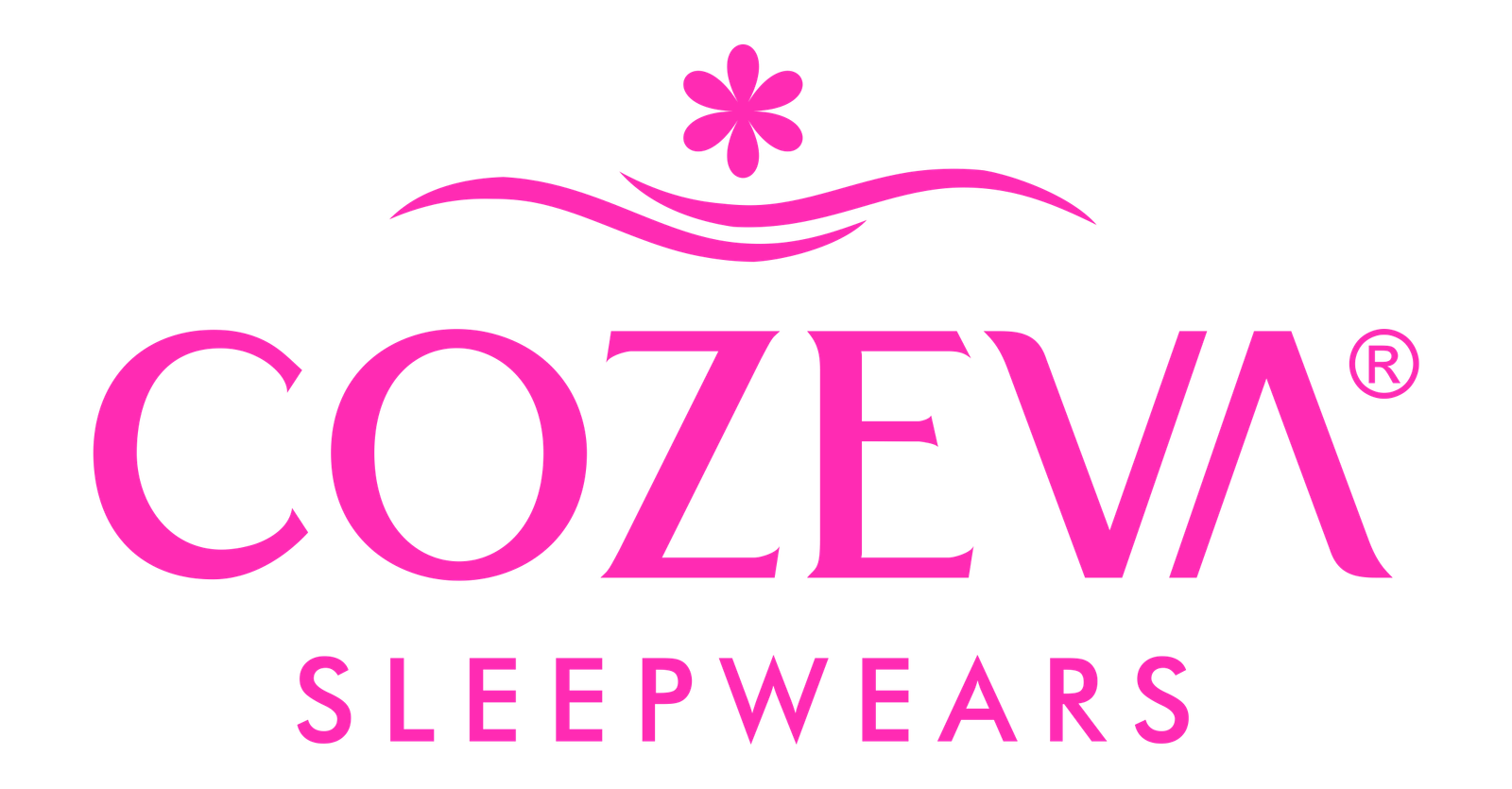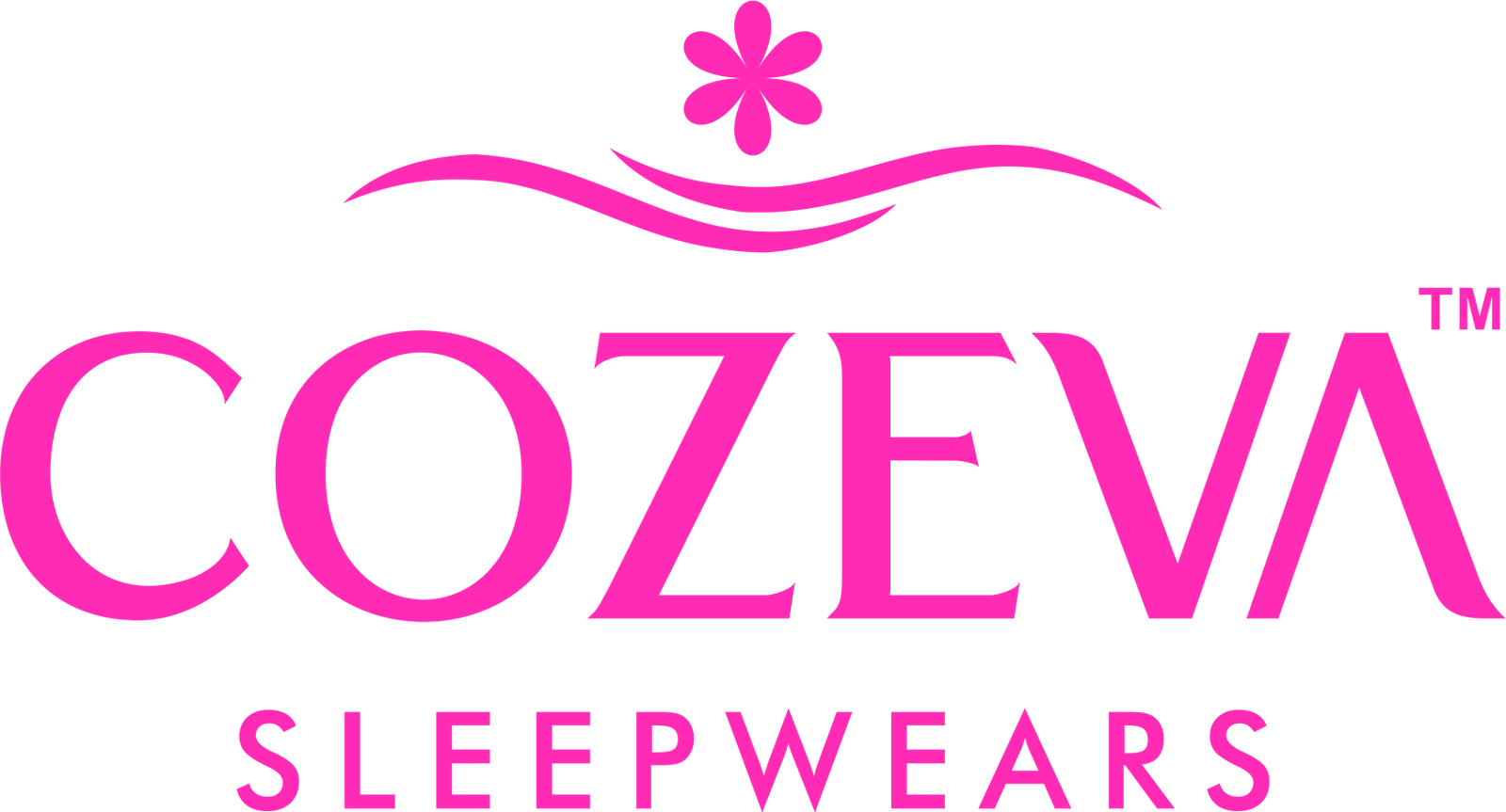Welcome to our blog dedicated to all things Viscose fabric! If you’re curious about this versatile material and its myriad of applications, you’ve come to the right place. From its origins to its unique properties and diverse uses, we’ll delve into everything you need to know about Viscose fabric.
What is Viscose Fabric?
Viscose fabric, often spelled as Viscose, is a semi-synthetic fiber made from natural sources such as wood pulp, bamboo, or sugar cane. It’s also known as rayon, though technically rayon is a broader category that includes various types of fibers, with viscose being one of the most common.
Origins and Manufacturing Process
Viscose fabric has a fascinating history. It was first developed in the late 19th century as an alternative to silk. Unlike silk, which comes from silkworms, viscose/rayon offered a more affordable and versatile option. The manufacturing process involves dissolving cellulose material (usually wood pulp) into a viscous solution, which is then extruded into fibers, treated with chemicals, and spun into yarn.
Properties of Viscose Fabric
One of the most appealing characteristics of Viscose fabric is its luxurious feel. It’s known for its silky softness and drapes beautifully, making it a popular choice for clothing and home textiles. Here are some key properties:
1. Softness: Viscose fabric has a smooth and soft texture, often compared to silk.
2. Breathability: It’s highly breathable, making it comfortable to wear in warm weather.
3. Absorbency: Viscose fabric has excellent moisture absorption properties, making it ideal for clothing.
4. Drape: It has a fluid drape, which enhances the flow and movement of garments.
5. Versatility: Viscose fabric can mimic the texture and appearance of other natural fibers such as cotton, linen, or silk, depending on the manufacturing process.
Applications of Viscose Fabric
Viscose fabric finds applications across various industries due to its versatility and desirable properties:
1. Fashion: It’s commonly used in fashion apparel such as dresses, blouses, skirts, and scarves. Its softness and drape make it a favorite for creating elegant and comfortable garments.
2. Home Textiles: Viscose fabric is also used in home furnishings like curtains, upholstery, bedding, and towels due to its absorbency and softness.
3. Medical: In the medical field, it’s utilized in wound dressings and surgical products due to its absorbent nature.
4. Industrial: Viscose fabric is used in industrial applications such as tire cord and industrial thread due to its strength and durability.
Caring for Viscose Fabric
While Viscose fabric is known for its desirable properties, it does require special care to maintain its quality:
Gentle Washing: It’s best to hand wash or use the delicate cycle when laundering Visose garments.
Avoiding Heat: Viscose fabric can shrink or lose its shape when exposed to high heat, so it’s recommended to air dry or use low heat when drying.
Avoiding Wrinkles: Hanging Viscose garments to dry can help prevent wrinkles, but if ironing is necessary, use a low heat setting.
In Conclusion
Viscose fabric offers a perfect blend of luxury, comfort, and versatility, making it a popular choice for a wide range of






